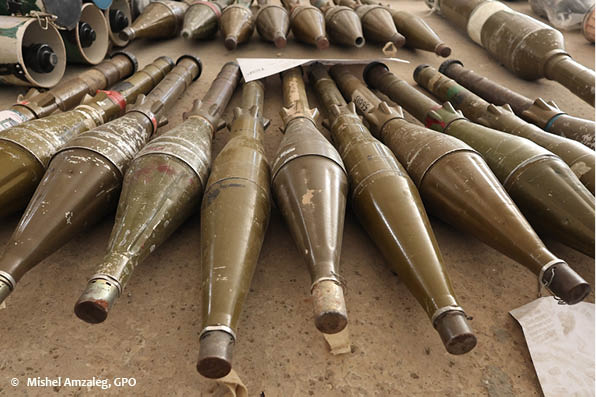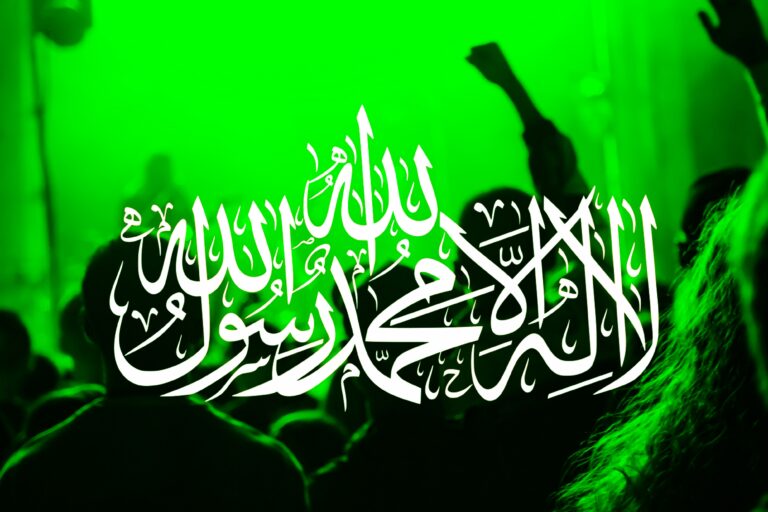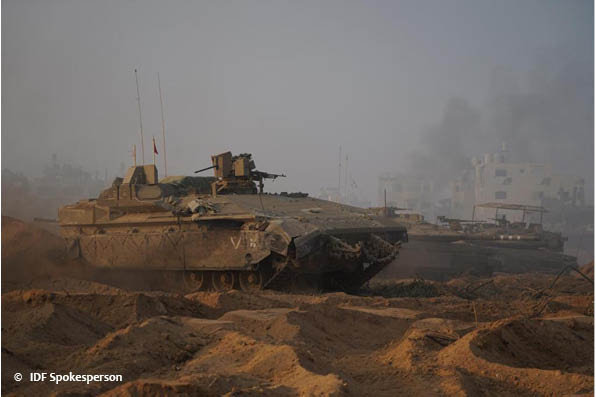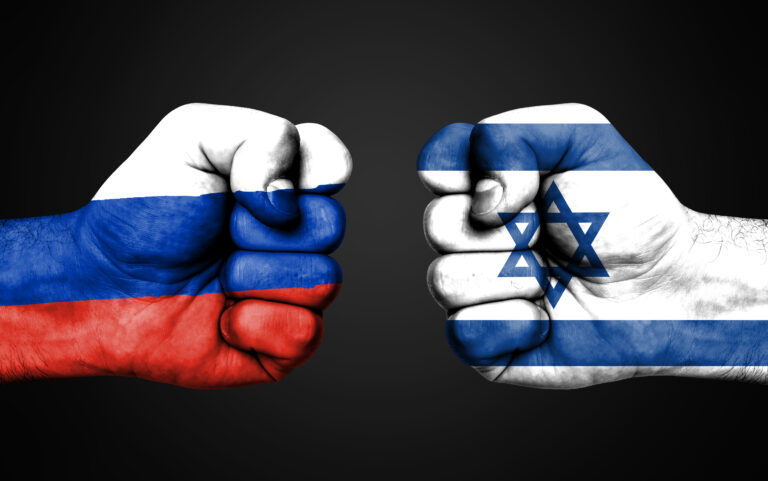Infiltrations of armed militants for the purpose of killing and looting are nothing new in the troubled history of the Gaza Strip. The attack by Hamas on October 7, 2023, which led to the deaths of approximately 1,500 people, most of whom were Israeli citizens, is just one link in the chain of suffering between Israel and the Gaza Strip. Only when a determined governing authority held full control over the Strip, as Egypt did from 1956 to 1967 and Israel did from 1967 to 1993, could the development of the western Negev and southern Israel thrive. Israel has spent 17 years trying to disengage from Gaza without success, and there has been round after round of fighting. Despite its economic dependence on Israel, Gaza has remained a significant security problem that only worsened over time. The Swords of Iron War could be an opportunity to change the reality in the Gaza Strip, but it might require the return of Israeli military governance until, with the help of regional and local actors and international support, a solution is found - a solution that does not merely establish temporary quiet but that ensures peace and stability in the Gaza region for all.









